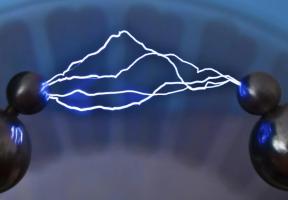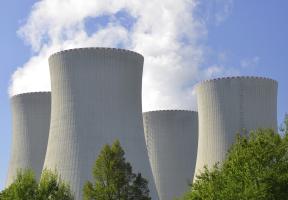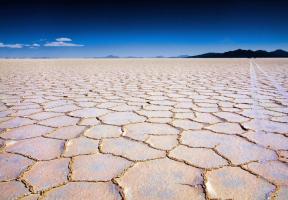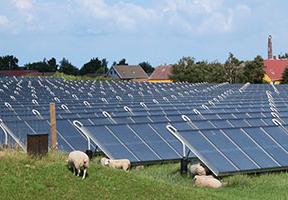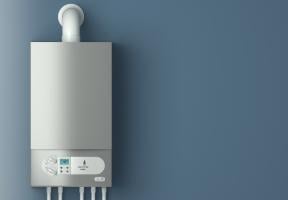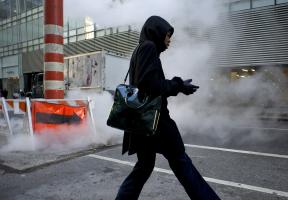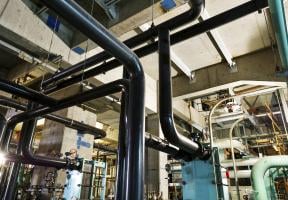Obstacles to Overcome
Published on 01.08.201510 min read
The chain that carries from the point where it is produced to the point where it is used is made up of many links. They are not easy to join, and it takes technical modifications, capital expenditure, regulations and a political commitment to do so.

© AFP / M.MOCHET - A large district heating system can be operated from a centralized control room.
Many issues and challenges have to be resolved before district heating networks can be built.
- Aligning Supply and Demand: Buildings only need to be heated for six or seven months of the year. And even during this period, demand jumps or falls when the temperature changes suddenly and from daytime to nighttime. Demand therefore fluctuates — as does supply. Or the manufacturing plant that produces the heat may scale back its operations or be shut down for maintenance, sometimes lasting several months. The solution — which will cost more, of course — is to store the heat underground. This involves either restocking sources or, for short periods, using well-insulated tanks tied into to district heating systems.
- Surmounting Distance: Sites that can produce large amounts of , especially plants and large factories, are seldom close to consumer areas. So pipes are needed to carry the heat over a distance of 100 kilometers with losses of less than 2%. But the efficiency of these pipes depends on the initial temperature, which must be high.
- Arbitrating Between Heat and Power: is a case in point. In theory, waste heat — the heat that is lost — from nuclear power plants totals 77 million tons of oil equivalent (Mtoe) a year. That’s much more than it would take to heat all the buildings in France. This is what is known as design availability. But the heat is just 12 to 25°C hotter than the ambient temperature, meaning that it cannot be used or transported as it is. Its temperature needs to be increased to 140°C, which means reducing power generation. The figures for real availability are less spectacular. According to French utility EDF, a 6% cut in power generation would free up a heat potential of 13 million tons of oil equivalent.
- Installing More District Heating Systems: An efficient district heating system has to be in place to distribute the energy. Paris has long had a fairly extensive district heating system, but many French cities do not. Retrofitting systems in existing neighborhoods is a difficult proposition. Many experts advocate making it mandatory to install district heating systems in new neighborhoods, in the same way as rainwater, cable and fiber optic networks are included alongside external works such as road building and drainage.
- Supporting Construction Through Regulations and Tax Incentives: There are systems to support heat recovery and install district heating systems, but in France it is usually the companies concerned who invest. Other countries like Denmark have pursued development more aggressively. A five-year, €1.2 billion Heat Fund was set up following the Grenelle Environment Forum and is managed by the French Environment and Energy Management Agency (ADEME). It will be used to produce or recover an additional 5.5 million tons of oil equivalent of renewable heat by 2020.
- Making Long-Term Strategic Choices: The public authorities in France are currently focusing on reducing building energy consumption. Applicable to all new property developments from 2020, the RT 2020 Thermal Regulation aims to encourage the construction of positive energy buildings that are so efficient they produce more energy than they use. Their consumption for heating and domestic hot water will be just a few tens of kWh per square meter per year. But what will become of these large pipes and district heating systems, designed centrally and with high capital costs? They will take longer to be profitable as more positive-energy buildings are constructed. As a result, experts are promoting micro heating systems that will use diffuse sources locally.
Manufacturers and Recovery
The first step for a manufacturer consists of optimizing combustion process settings and reducing losses as much as possible. The next is to install heat exchangers and recovery units so that the waste heat can be used to improve process efficiency or to heat the premises. It can also be used to generate locally, helping the company to cope with power outages, which are frequent in many countries, or providing extra power during peak demand periods. The electricity can also be fed into the grid or sold to another manufacturer nearby.


